Deck & Commander Strategies
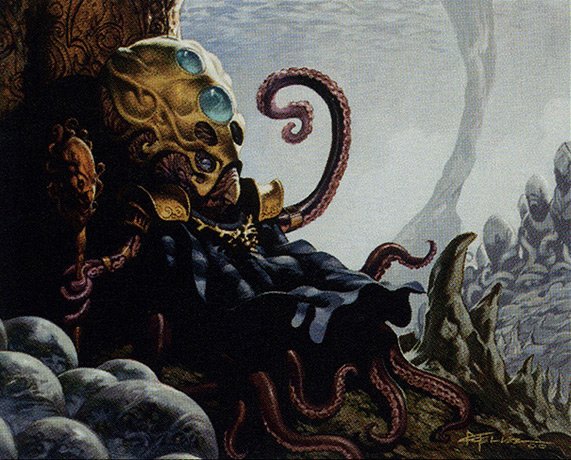
Aboshan, Cephalid Emperor
Mono-blue cephalid tribal focusing on tempo and synergy with cephalid creatures, leveraging their unique abilities to control the board and generate incremental value.
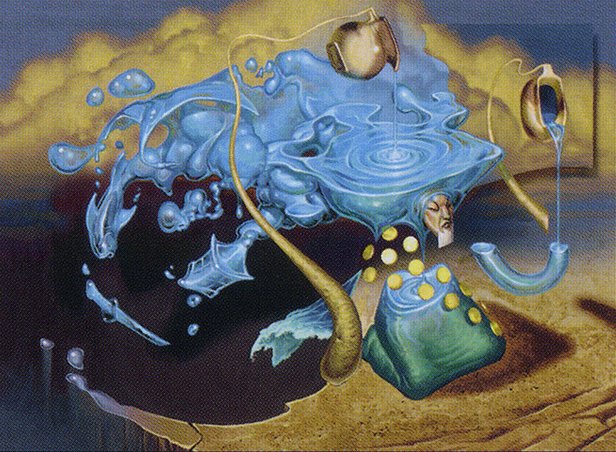
Chisei, Heart of Oceans
Mono-blue deck built around cumulative upkeep and counter manipulation, especially with sagas, to create recurring value and force tough decisions with Chisei's upkeep cost.
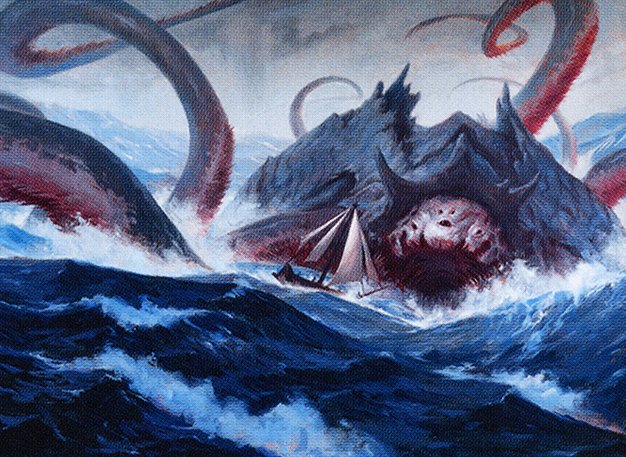
Gyruda, Doom of Depths
A deck themed around prehistoric sea creatures and milling, using Gyruda's ability to mill opponents and capitalize on creatures entering the battlefield from graveyards.
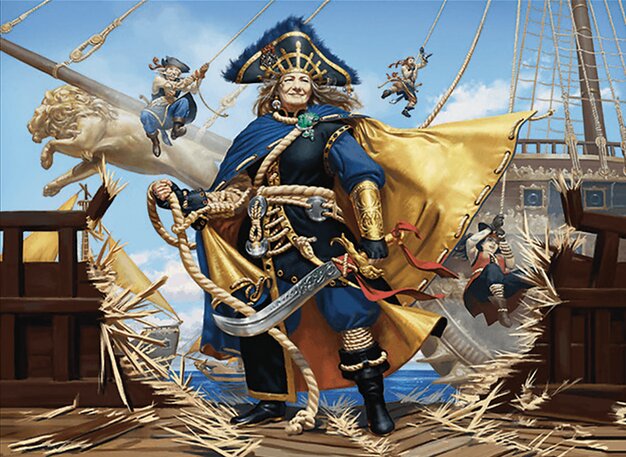
Admiral Beckett Brass
Pirate tribal deck focusing on aggressive tactics and leveraging pirate synergies to pressure opponents and contest the board.
Gameplay Insights
- 1
Gyruda's milling of 16 cards early in the game was a pivotal moment that set up graveyard recursion and value generation.
- 2
Chisei's upkeep requirement to remove counters or sacrifice permanents encouraged creative use of sagas and cumulative upkeep cards to maximize value.
- 3
Players balanced aggressive combat approaches with managing board states to avoid giving opponents too much advantage from graveyard and counter synergies.
- 4
The decision to avoid harsh lock cards like Back to Basics maintained a more interactive and thematic game environment.
- 5
Early mana acceleration with cards like Soul Ring helped enable faster deployment of threats and interactions.
Notable Cards
-

Misty Rainforest
-
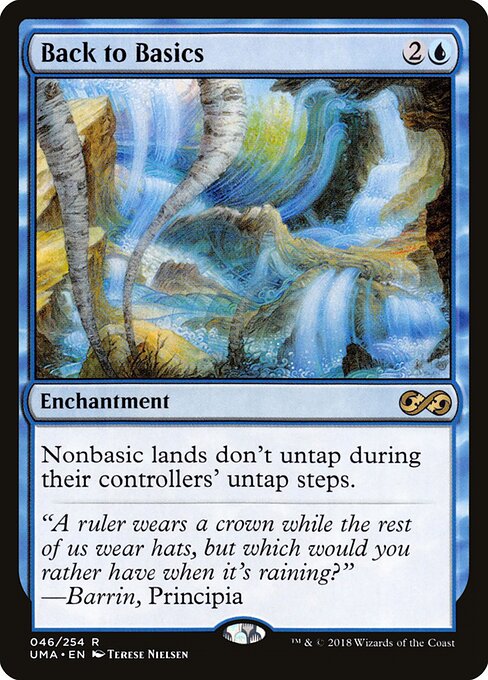
Back to Basics
-

Gyruda, Doom of Depths
Gameplay Summary
The game featured four ocean-themed decks led by Aboshan, Cephalid Emperor, Chisei, Heart of Oceans, Gyruda, Doom of Depths, and Admiral Beckett Brass.
Players embraced the aquatic theme with tribal synergies, prehistoric sea creatures, and pirate motifs, creating a flavorful and thematic clash.
Early gameplay saw players setting up their boards with creatures and mana acceleration, including a notable early Soul Ring seen by one player.
Gyruda's milling ability became a key element, as it milled 16 cards, influencing the flow of the game by generating value from opponents' decks.
Meanwhile, Chisei's upkeep counter removal ability synergized well with sagas and cumulative upkeep permanents, leading to some unique interactions and incremental advantage. Pirate aggression from Admiral Beckett Brass added pressure, while Aboshan's cephalid tribal deck focused on synergy and tempo.
The game highlighted strategic decisions around counter manipulation, milling, and combat tactics, with players balancing board development and resource management.
The interplay of decks brought dynamic shifts in tempo, with potential combos and synergies around counters and graveyard recursion setting the stage for a complex late game.
The thematic cohesion and diverse strategies provided an engaging and varied Commander experience centered on oceanic themes.






























![Prosper vs Beckett Brass vs Shorikai vs Adrix and Nev [EDH/Commander, MTG Gameplay 2022] thumbnail](https://i.ytimg.com/vi/7VXB5k9LOMg/sddefault.jpg)

![Commander VS S15E9: Reki VS Chisei VS Angus VS Jori En [EDH] thumbnail](https://i.ytimg.com/vi/bTeSfWeIl6k/sddefault.jpg)